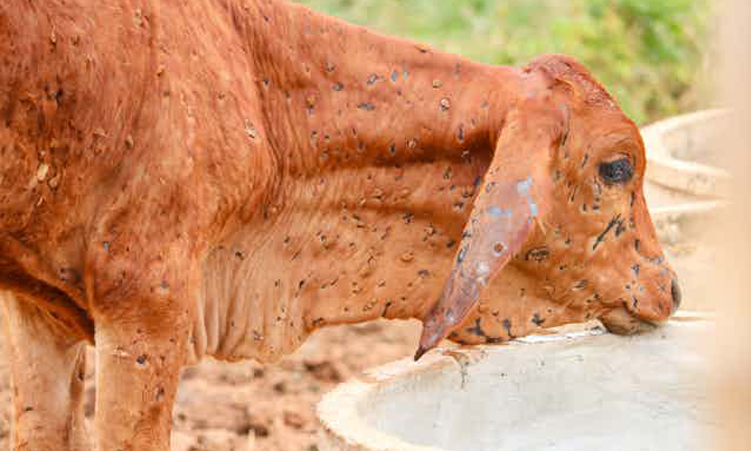NAMIBIA’S annual inflation rate was 2,05 per cent in December, the lowest level recorded since Independence.
It was down from 3,6 per cent in November, 3,85 per cent in October and 5,02 per cent in September, the Central Statistics Bureau in the National Planning Commission said yesterday. For December 2003, the monthly inflation rate was -0,5 per cent, in other words overall price levels went down.”This decrease is attributed mainly to declines noted in the prices of food, household goods and services, miscellaneous goods, clothing and footwear,” the Statistic Bureau said in a statement.”We expected the rate to fall below the 3 per cent level, but not to this extent,” local fund manager Investment House Namibia said in a research note yesterday.”What is significant about the December 2003 decline is that it was the greatest month-on-month decline since September 1993″.The IHN analysts attributed the record low inflation chiefly to a strong Namibian dollar exchange rate.The food index fell by an annual rate of 1,4 per cent, the Statistics Bureau reported, while transport and communication fell by 2,7 per cent.The two groups together make up about 48 per cent of the “basket” of goods used in compiling the statistics.However, IHN said it looked as though the trend of falling food prices would soon “bottom out”.”Signs of increased food inflation are already evident in South Africa, as the weaker rand and widespread drought are starting to impact … on food prices,” it said.The Statistics Bureau said that domestic goods rose in price one per cent during the year to December and the index for imported goods rose 0,5 per cent.At the same time the previous year, they had risen by 25,3 and 13,4 per cent respectively.The Namibian dollar, and thus the rand, would be key to Namibian inflation in the coming months, IHN said.With the slight weakening of the rand on currency markets, as well as widespread drought in parts of South Africa and rising oil prices, it looked like inflationary pressures were building up.”We believe it would be irresponsible for the South African Reserve Bank to further cut rates,” the investment company said.The Reserve Bank, followed by the Bank of Namibia, cut interest rates five times last year as the rand began to strengthen, easing inflation in the two countries, which had soared to a record high level of 13 per cent in Namibia at the end of 2002.For December 2003, the monthly inflation rate was -0,5 per cent, in other words overall price levels went down. “This decrease is attributed mainly to declines noted in the prices of food, household goods and services, miscellaneous goods, clothing and footwear,” the Statistic Bureau said in a statement. “We expected the rate to fall below the 3 per cent level, but not to this extent,” local fund manager Investment House Namibia said in a research note yesterday. “What is significant about the December 2003 decline is that it was the greatest month-on-month decline since September 1993”. The IHN analysts attributed the record low inflation chiefly to a strong Namibian dollar exchange rate. The food index fell by an annual rate of 1,4 per cent, the Statistics Bureau reported, while transport and communication fell by 2,7 per cent. The two groups together make up about 48 per cent of the “basket” of goods used in compiling the statistics. However, IHN said it looked as though the trend of falling food prices would soon “bottom out”. “Signs of increased food inflation are already evident in South Africa, as the weaker rand and widespread drought are starting to impact … on food prices,” it said. The Statistics Bureau said that domestic goods rose in price one per cent during the year to December and the index for imported goods rose 0,5 per cent. At the same time the previous year, they had risen by 25,3 and 13,4 per cent respectively. The Namibian dollar, and thus the rand, would be key to Namibian inflation in the coming months, IHN said. With the slight weakening of the rand on currency markets, as well as widespread drought in parts of South Africa and rising oil prices, it looked like inflationary pressures were building up. “We believe it would be irresponsible for the South African Reserve Bank to further cut rates,” the investment company said. The Reserve Bank, followed by the Bank of Namibia, cut interest rates five times last year as the rand began to strengthen, easing inflation in the two countries, which had soared to a record high level of 13 per cent in Namibia at the end of 2002.
Stay informed with The Namibian – your source for credible journalism. Get in-depth reporting and opinions for
only N$85 a month. Invest in journalism, invest in democracy –
Subscribe Now!










